|
When determining eligibility for an Individualized Education Program (IEP), it's crucial to consider how trauma can significantly affect a student's learning and overall well-being. Understanding the connection between trauma and a student's qualification under the learning disability category is vital. This blog explores the key points that IEP teams should consider when trauma is a potential factor in a student's educational journey.
In wrapping up, let's remember that we're all in this together, working to ensure the best for our students. When it comes to the complex question of how trauma affects eligibility for an IEP, a compassionate and informed approach makes all the difference.
The journey may have its ups and downs, but with care and consideration, we can make a world of difference in their lives. Here's to supporting every student's unique needs, one IEP at a time! Happy Teaching! Miss Rae Related Blog...
0 Comments
You did the assessments. You have the data. But how do you decide if the lagging skills should be a goal area, an accommodation, or a modification? Let me tell you! Here's how I decide if a lagging skill should be a goal area, an accommodation, or a modification! I start by asking... What areas of the curriculum are impacted by the student's disability? Then, I go through each item I listed and ask... Can we put an accommodation or modification in place to remove this hurdle to the curriculum? OR Is this a hurdle that requires Specially Designed Instruction? Now, I review my list and... 1-Add accommodations to the IEP -be specific & choose appropriate accommodations for the student's disability 2-Hurdles that need Specially Designed Instruction are your goal areas! Example:Hurdles: Fluency, Comprehension Classroom Accommodation(s): Text to Speech for content area materials This Classroom Accommodation will support the student's ability to access the grade level material in the classroom, but this lagging skill also requires Specially Designed Instruction SO it may also need to be an IEP goal area, in this student's case. IEP GOAL: By the end of the IEP period, STUDENT will achieve a benchmark score of 16 (or higher) of the DIBELS' subtest MAZE. IEP OBJECTIVE: STUDENT will a score of 96 (or higher) on 3 consecutive administrations of the DIBELS' Oral Reading Fluency - Accuracy. Example:Hurdles: Written Expression Classroom Accommodation(s): Speech to Text, Exemplars of Writing Assignments, Word Banks for Content Area Vocabulary This student's evaluations demonstrated that the student had the skills in the area of Written Expression; however, the student was not always demonstrating these skills in the classroom. Based upon assessment and observation data, the Classroom Accommodations of Speech to Text, Exemplars of Writing Assignments, Word Banks for Content Area Vocabulary will support the student in overcoming the hurdle in the area of Written Expression. This student would not require Specially Designed Instruction in Written Expression so no IEP goal needed for Written Expression! Click HERE to grab a pdf of this chart for your own teaching! And once you choose your goal areas, check out my blog post on how to write SMART IEP goals! Happy & Healthy Teaching! PEACE, Miss Rae Related Blogs...Related Resource...Take the course...8/9/2018 0 Comments How to Create an IEP at a Glance: A Step-by-Step Guide for Special Education Teachers
An IEP at a Glance is an abbreviated document that provides a quick reference to a student's IEP.
It allows for quick reference of ... *goals/objectives *strengths *accommodations *modifications *instructional services *specially designed instructions You can create these at the beginning of the year and pass them out to all staff who work with your students!
Check out below to see how I complete my IEP at a Glance sheets!
Click HERE to grab this IEP at a Glance for FREE!Click HERE to grab this related resource too!
Grab both of these resources PLUS MORE in...
The BEST Special Education Teacher Binder * * EDITABLE * FREE updates for life * * |
CategoriesAll 504 Academic Testing Academic Testing Reports Achievement Testing Reports Back To School B/d Reversals Coronavirus COVID-19 Discrepancy Model Distance Learning Distance Learning With LD ELL Emotional Disability Executive Functioning Extended School Year First Year Special Education Teacher Advice Fluid Reasoning FREEBIES Goal Tracking IEP IEP At A Glance IEP Goals IEP Meetings Learning Disability Oral Reading Fluency Positive Affirmations For Special Education Students Progress Monitoring Reading Remote Learning RTI Rubrics Running Records SEL For Learning Disabilities Social Emotional Learning Special Ed Teacher Interview Questions Special Ed Teacher Job Description Special Education Special Education Progress Reports Special Education Reading Special Education Reading Programs Special Education Students Special Education Teachers Special Education Teachers Positive Affirmations Special Education Teacher Tips Special Education Websites Specially Designed Reading Instruction Teaching Strategy Trauma Wilson Reading Wilson Reading IEP Goals Writer's Workshop |

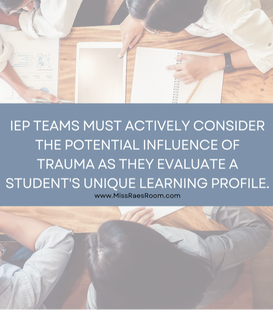
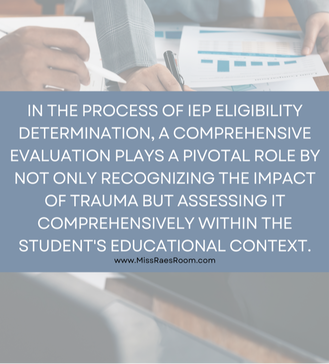
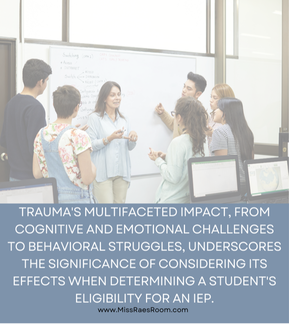

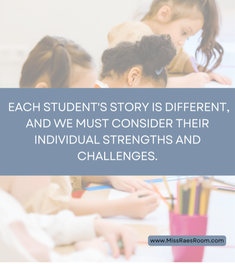
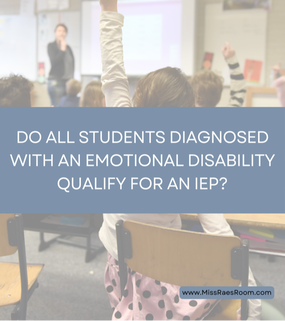
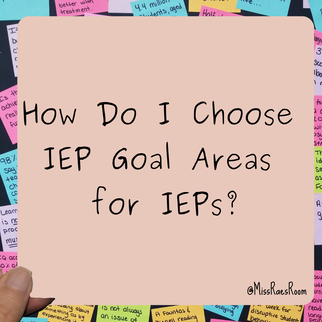
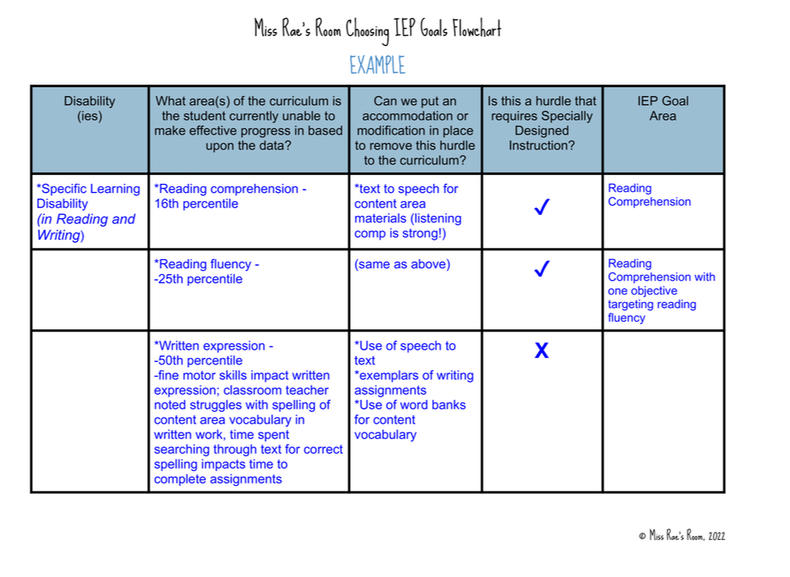
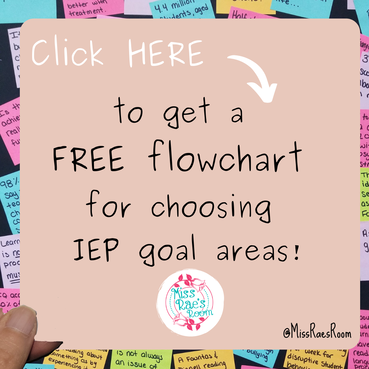

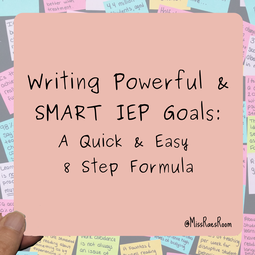
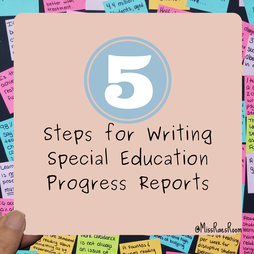


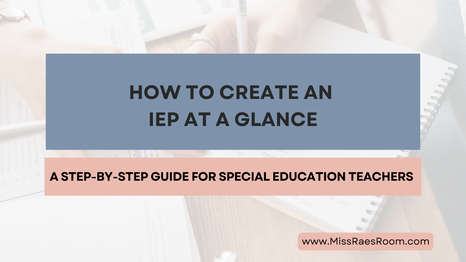
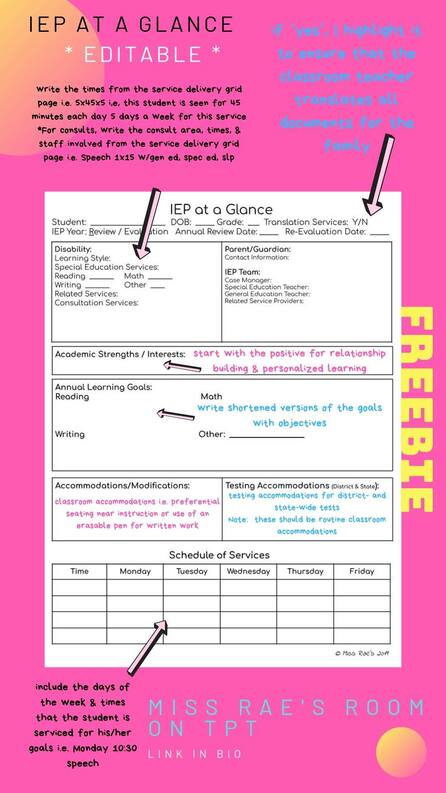
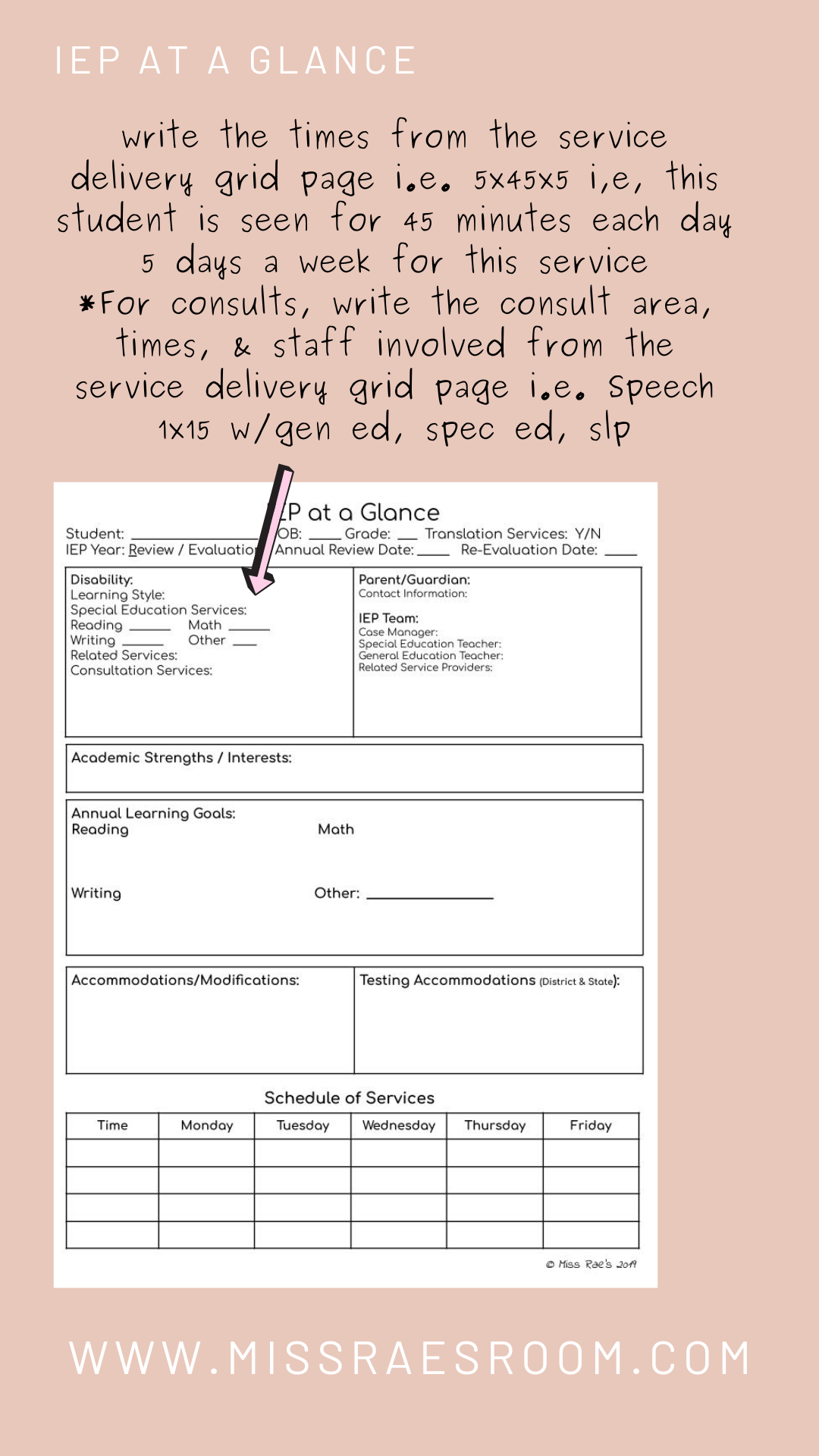
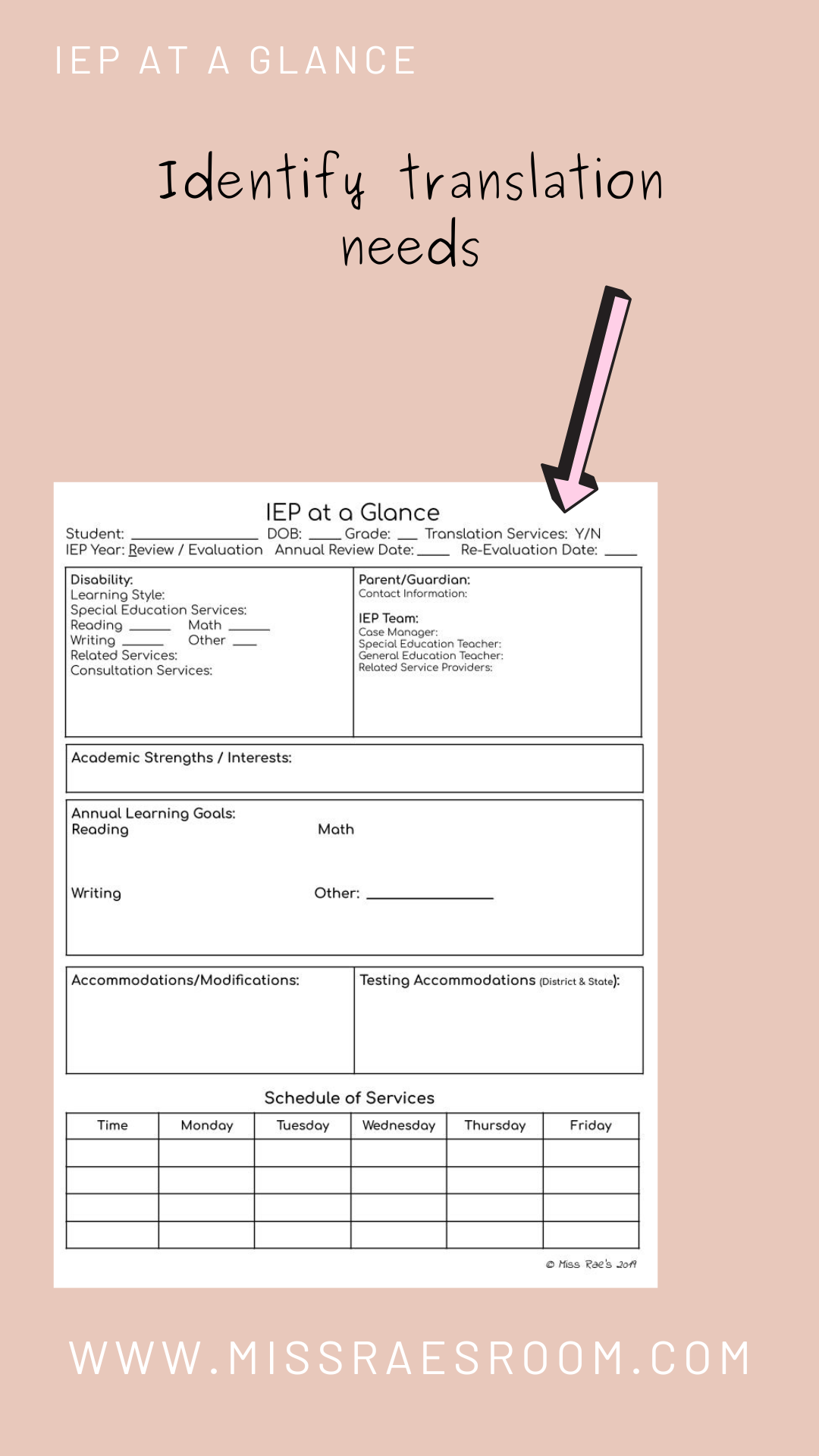
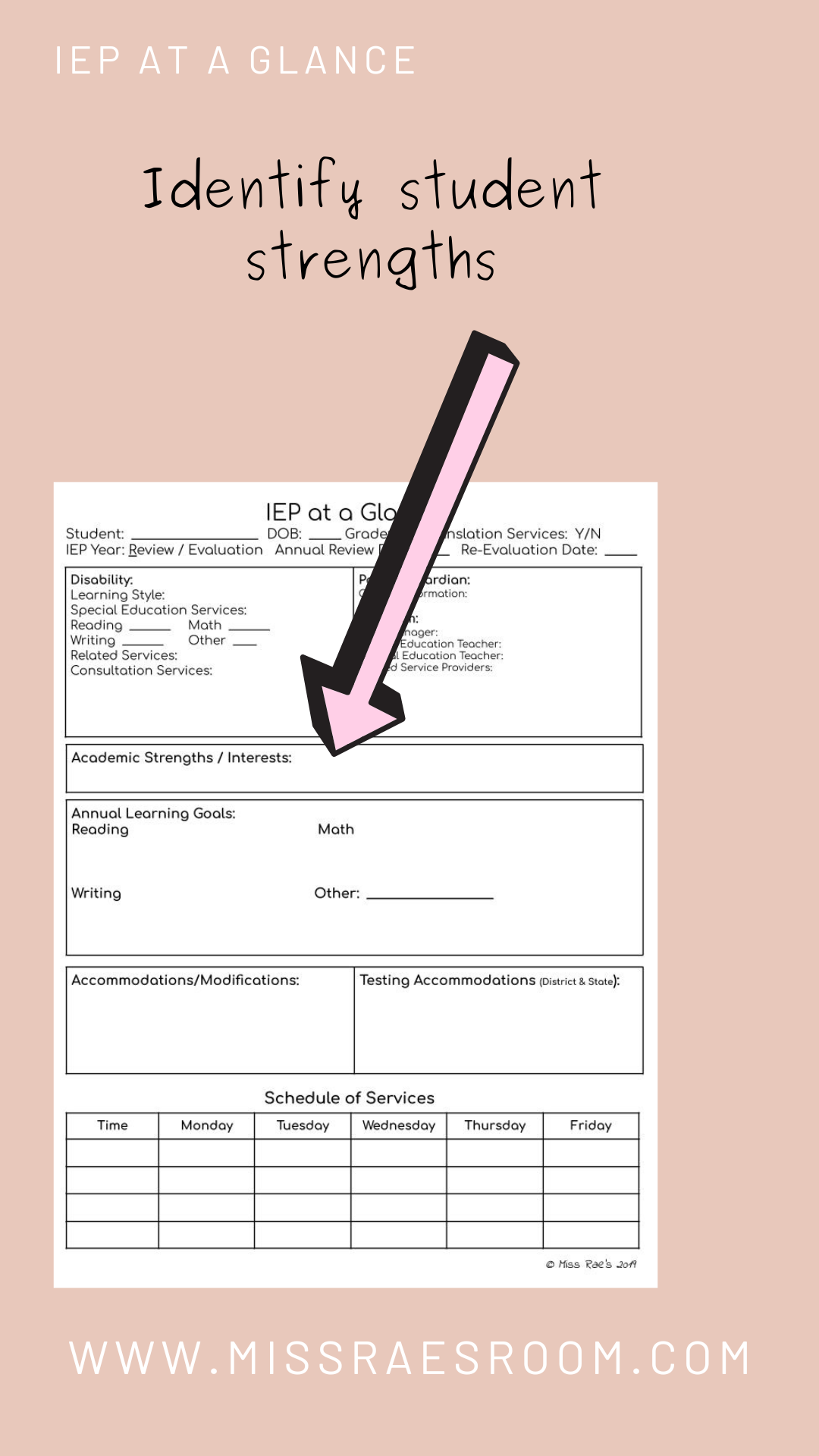
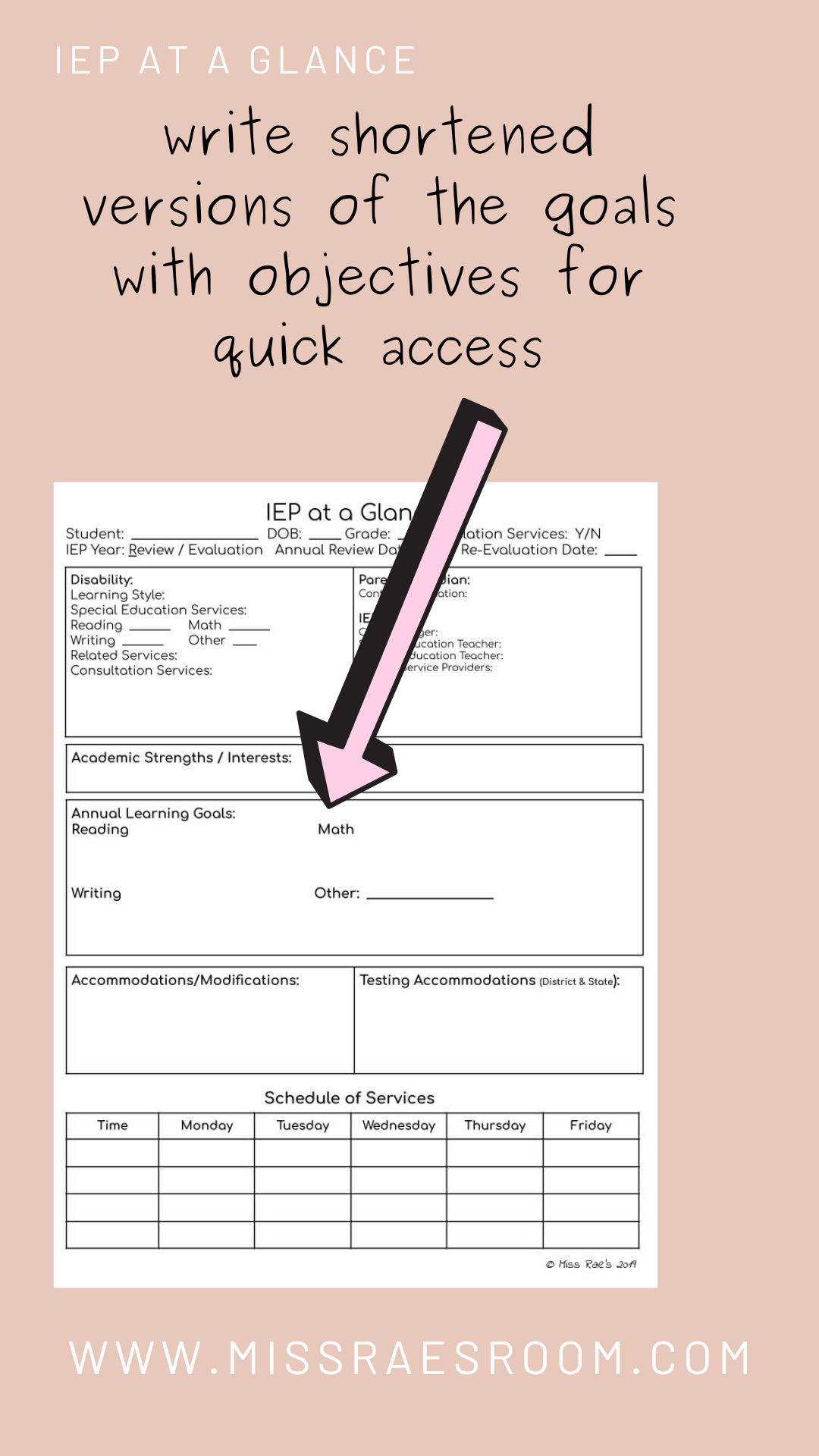
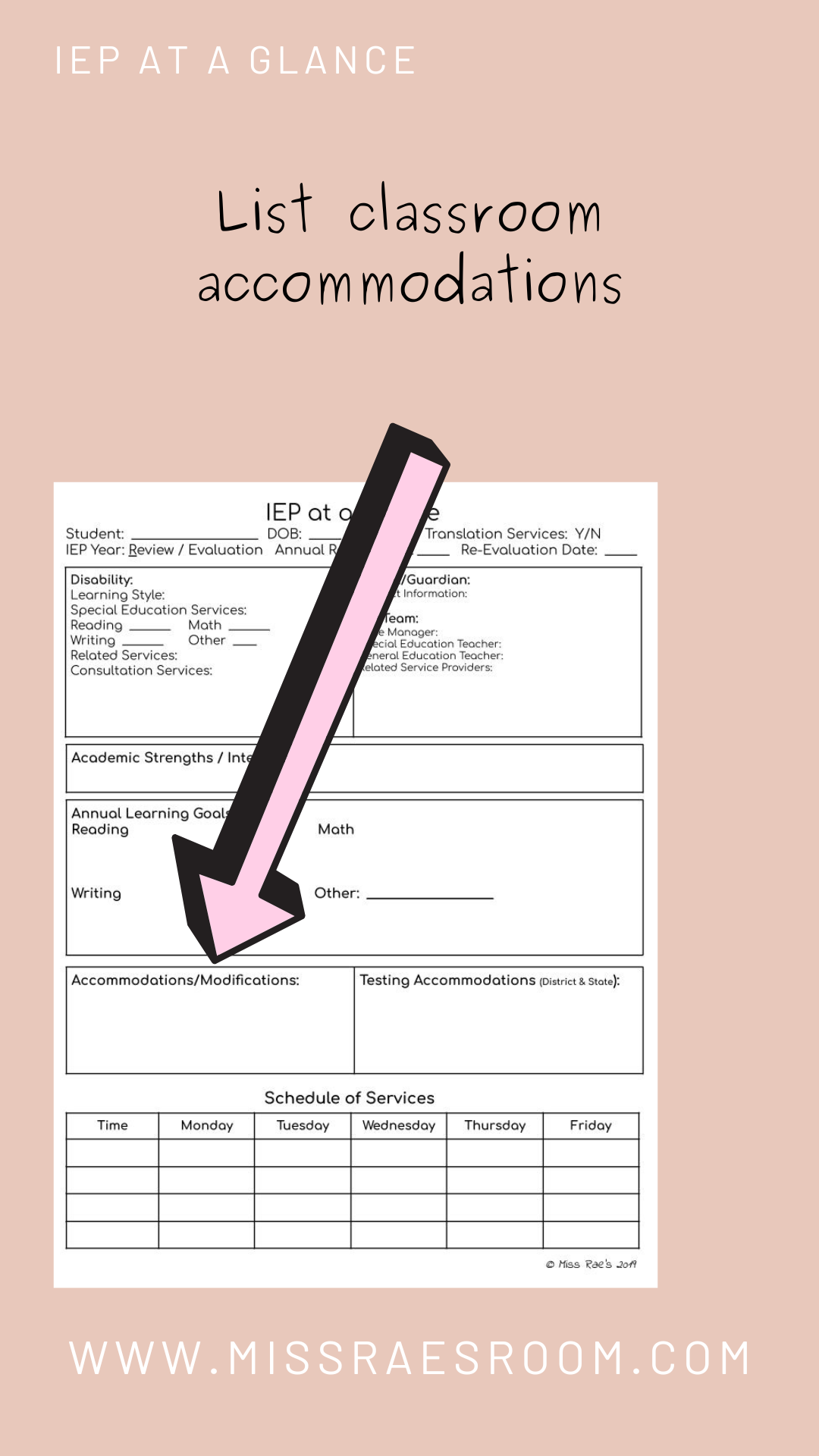
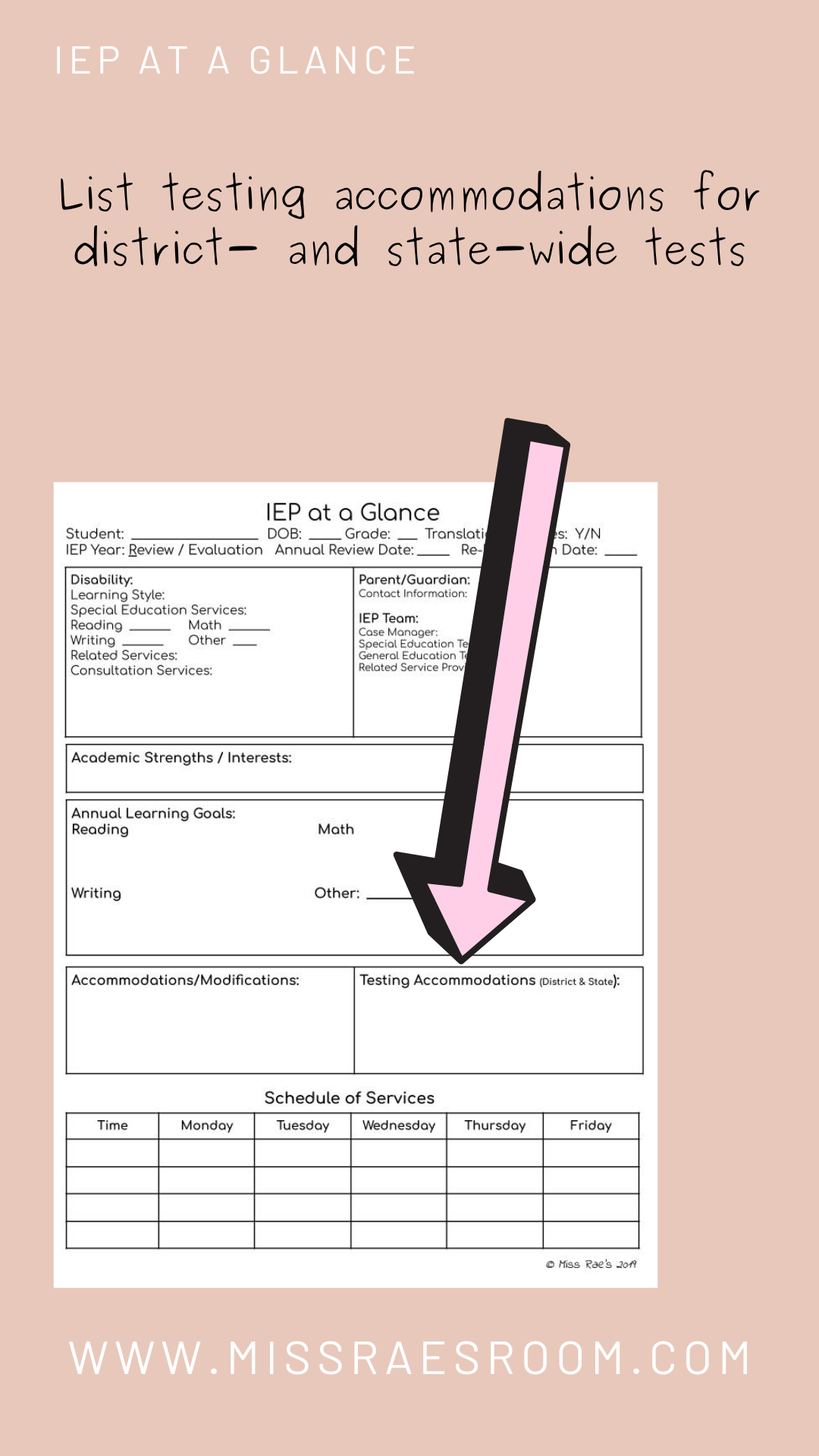
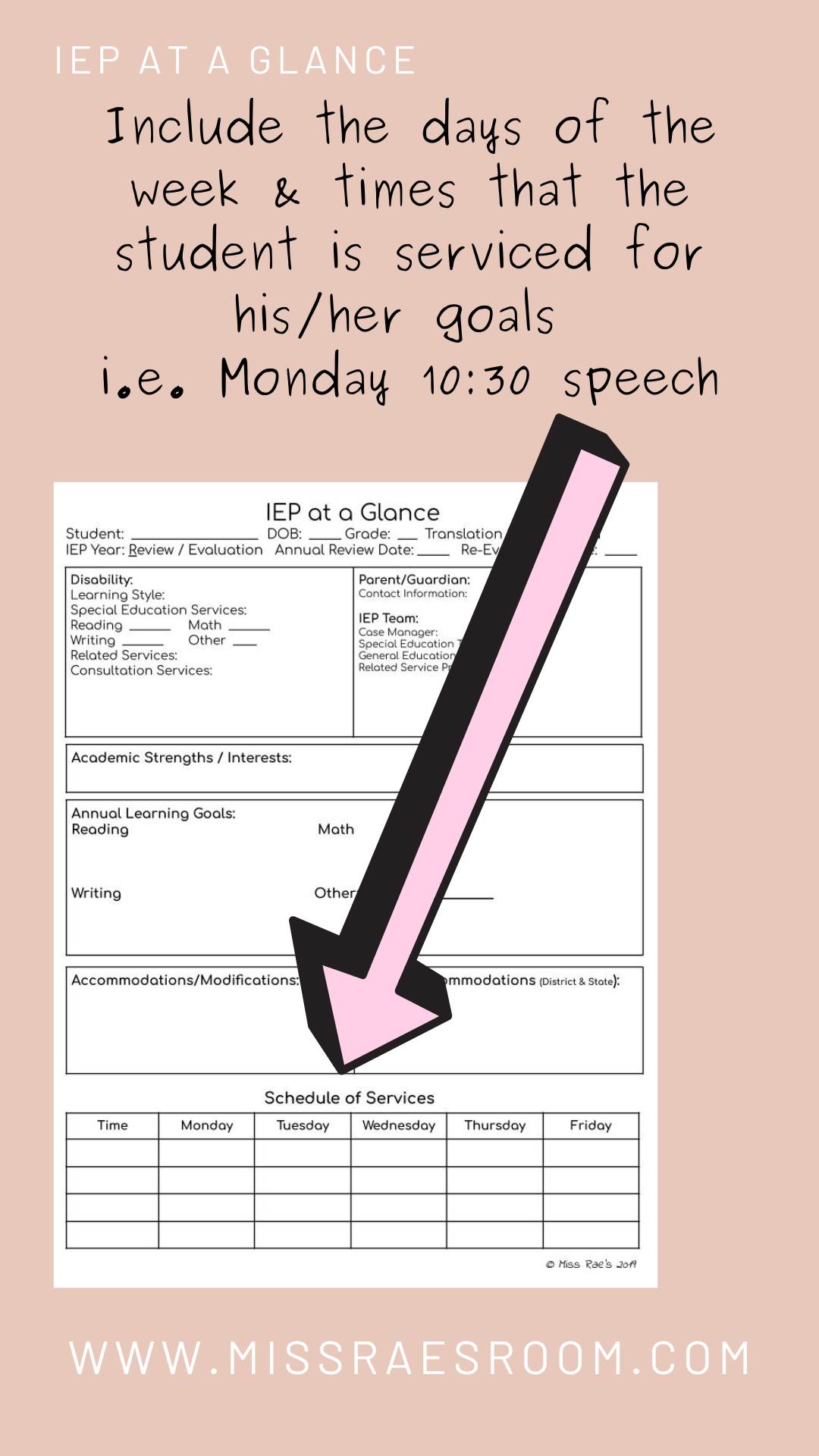
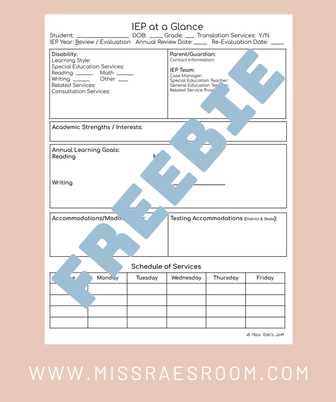
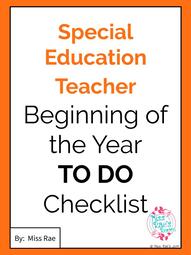

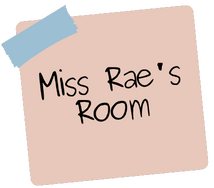
 RSS Feed
RSS Feed